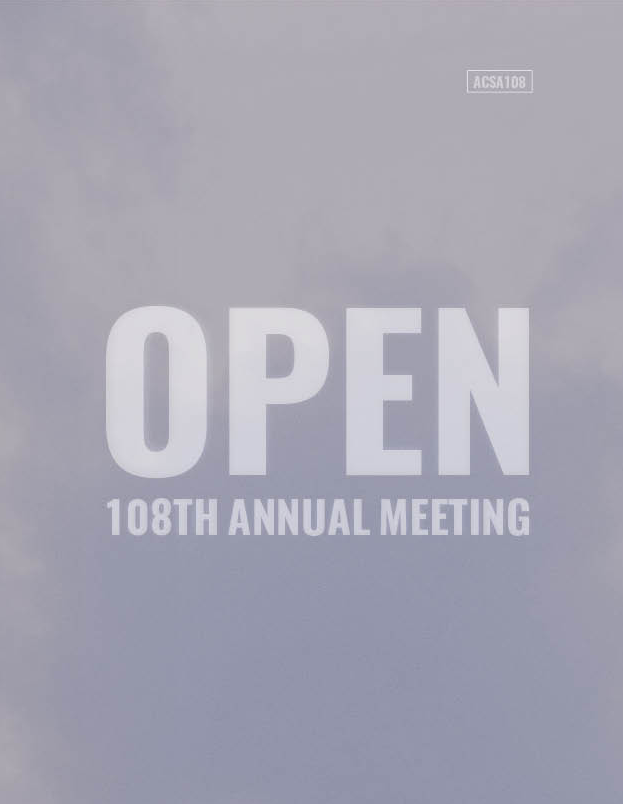Author(s): Solmaz Kive
James Fergusson created one of the earliest comprehensive narratives that systematically incorporated non-Western tra¬ditions within the history of European architecture. Although it was later overshadowed by Banister Fletcher’s A History of Architecture, Fergusson’s work played a significant role in establishing the common structure of future survey books. Fergusson’s history of architecture (first appeared in 1849) was shaped through three different versions. Throughout these three versions, he explored different methods of groupings, exclusions, and distortions in order to create a comprehensive, yet cohesive narrative. From the first book’s chronological arrangement, he moved to a combination of geographical and religious classifications in the second and eventually established his narrative around a central, Eurocentric narrative in the third. Fergusson considered this arrangement his main contribution to architectural history. Nevertheless, this new structure was also supported by a methodological shift from universalism towards ethnography. This paper compares Fergusson’s three surveys to explore the development of his narrative of world architecture. Despite many differences in methods and materials, his work bears many similarities to the mainstream approach to surveys of architecture in the twentieth century. Most significantly, the classificatory system that he gradually developed would eventually establish the binary division between Western and non-Western traditions. While the current desire to go beyond the Western canons in history courses and textbooks has faced many practical, pedagogical, and ideological challenges, this paper explores some of their roots in the early phases of the global history.
https://doi.org/10.35483/ACSA.AM.108.82
Volume Editors
ISBN
978-1-944214-26-5

 Study Architecture
Study Architecture  ProPEL
ProPEL 
